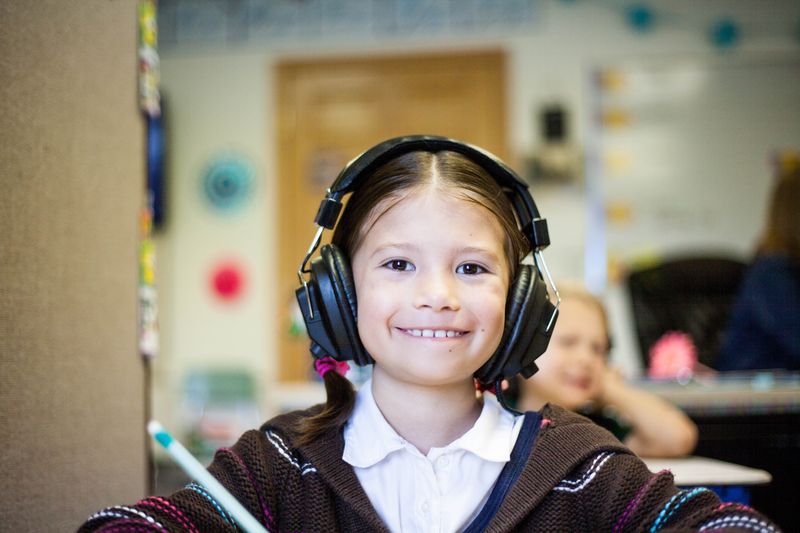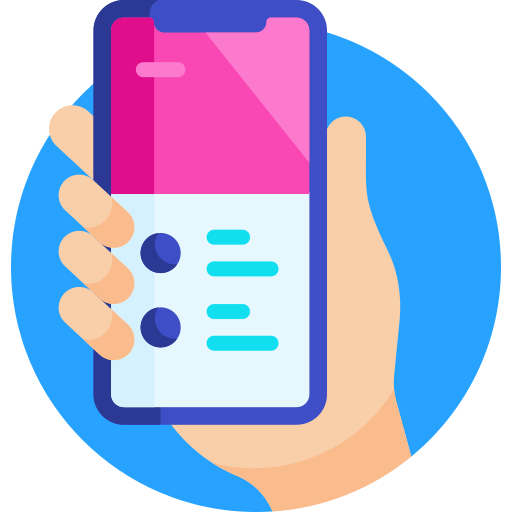
This logo isn't an ad or affiliate link. It's an organization that shares in our mission, and empowered the authors to share their insights in Byte form.
Rumie vets Bytes for compliance with our
Standards.
The organization is responsible for the completeness and reliability of the content.
Learn more
about how Rumie works with partners.

It’s late August, and Helen is at school, busily prepping for the arrival of her new students next week. Memories of her own schooldays as a student with dyslexia inspired her to attend summer training on supporting neurodiversity in her classroom.
She never wants her students to feel judged or singled out the way she did, or to pretend they’re fine when they're actually distressed by cognitive overload.
What can Helen and other teachers do to support neurodiverse learners in their classes?
A few strategies can make a big impact on student inclusion, engagement, and learning.
What is neurodiversity?
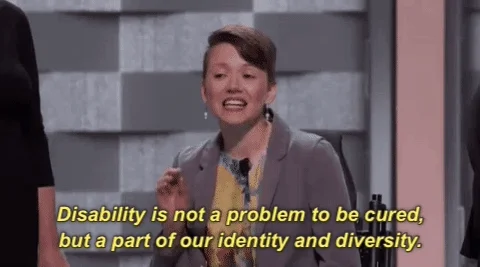
Altogether, neurotypical and neurodivergent students provide the neurodiversity that teachers encounter in their classes every day.
One neurodiverse class could include students who are:
Working at grade level in all or most subjects.
Exceptionally strong in mental math, drawing, memorization, and visualizing 3D shapes/spaces.
Invisibly struggling with executive functioning, social anxiety, or mental illness.
Accommodated with IEPs (individualized education programs) for diagnosed conditions like ADHD, dyslexia, and autism.
Newer learning approaches like Universal Design advise inclusive teaching practices that help all students overcome learning barriers, reinforcing the idea that neurodiversity includes the full range of individual learning strengths and weaknesses.

Helen's plans for the new school year strive to make all students feel included by acknowledging and supporting neurodiversity.
Quiz
Which of these students would you find in a neurodiverse class? Select all that apply.
All of these students — the exceptionally skilled, the "average" grade level learner, and the ones who struggle in school for any reason — are included in the full range of neurodiverse learners.
Know Your Students
What about the students themselves?
Inviting neurodivergent students to share their learning stories provides a glimpse of particular strengths and needs in their own words.
Open discussion of learning needs teaches students powerful self-advocacy skills.
Observe students who may not be as comfortable explaining their needs in words. You might see particular passions and strengths play out in other ways.
What Will Helen Do?
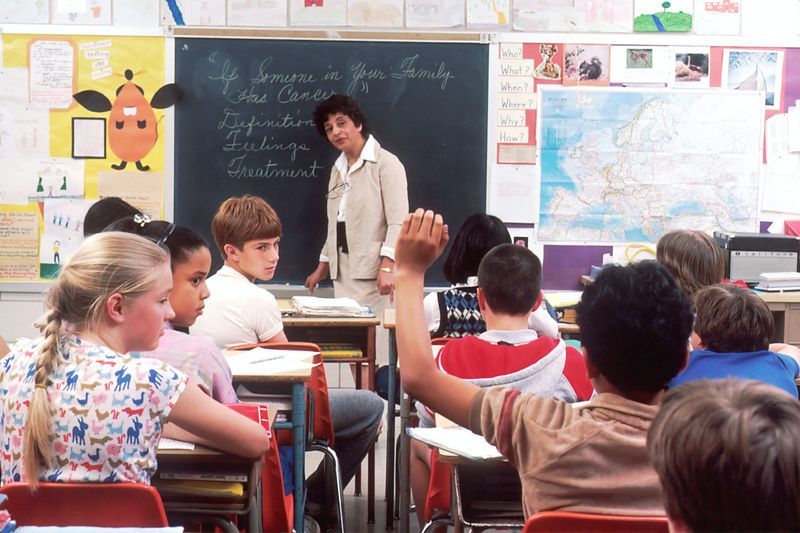
Helen knows she'll learn a lot about her students' neurodivergent needs by reading detailed IEPs and meeting with parents at the first teacher conferencing night.
She's also excited to learn about her students with a "First Five Minutes" activity this year. She'll move around the room, asking students to start the day sharing non-class-related thoughts. She's hoping for insights into strengths and interests, as well as concerns.
Quiz
How does Helen's "First Five Minutes" activity support neurodiversity? Select all that apply.
This activity supports neurodiversity through inclusion, normalization of learning challenges, and trust building. Requiring all students to talk, however, might prove stressful for students who struggle with verbal expression or public speaking. That part of the activity doesn't necessarily support neurodiversity — but could be improved with non-verbal options for participation, like drawing or showing.
Set and Support a High Bar

What Will Helen Do?
To help both neurotypical and neurodivergent students meet learning objectives, Helen will use differentiated instruction to support a neurodiverse range of learners, such as:
sharing resources in text, video, and audio formats
offering printed templates and phone apps to assist organization
letting students choose how to demonstrate learning — for example, by selecting an essay, presentation, or poster project
Did you know?
Make Tools Accessible to Everyone
Helen's summer neurodiversity training introduced her to strategies that could benefit all learners, not just students with diagnosed neurodivergence.
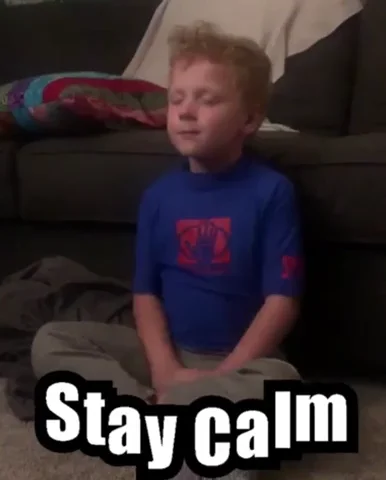
Everyone Can Use Help Staying Organized
Graphic organizers are useful for students with executive functioning disorders but any student's organization could improve with charts that reinforce instructions. Put printed ones in a basket for pick up and digital ones in a shared drive.
Quiz
Which other tools could benefit neurotypical and neurodivergent learners? Select all that apply.
Three of these activities could benefit a range of learners. Physical movement time and freely available fidget tools, for example, are common accommodations for students with ADHD, but sleepy, worried, bored, and stressed students could also benefit. Noise-cancelling headphones can be useful for anyone trying to concentrate in a loud classroom where other activities are taking place. However, ironic and sarcastic remarks don't really serve a neurodiverse classroom. Sarcasm can be confusing for students with autism, language learners, students from other regions or communities, and any students who tend to take a teacher's words literally (Harvard Health Publishing, "What is neurodiversity?", 2021).
Take Action
With these strategies in place, Helen feels ready to support the full range of neurodiverse learners in her classroom this year!

This Byte has been authored by
AK Liss
Learning Designer



